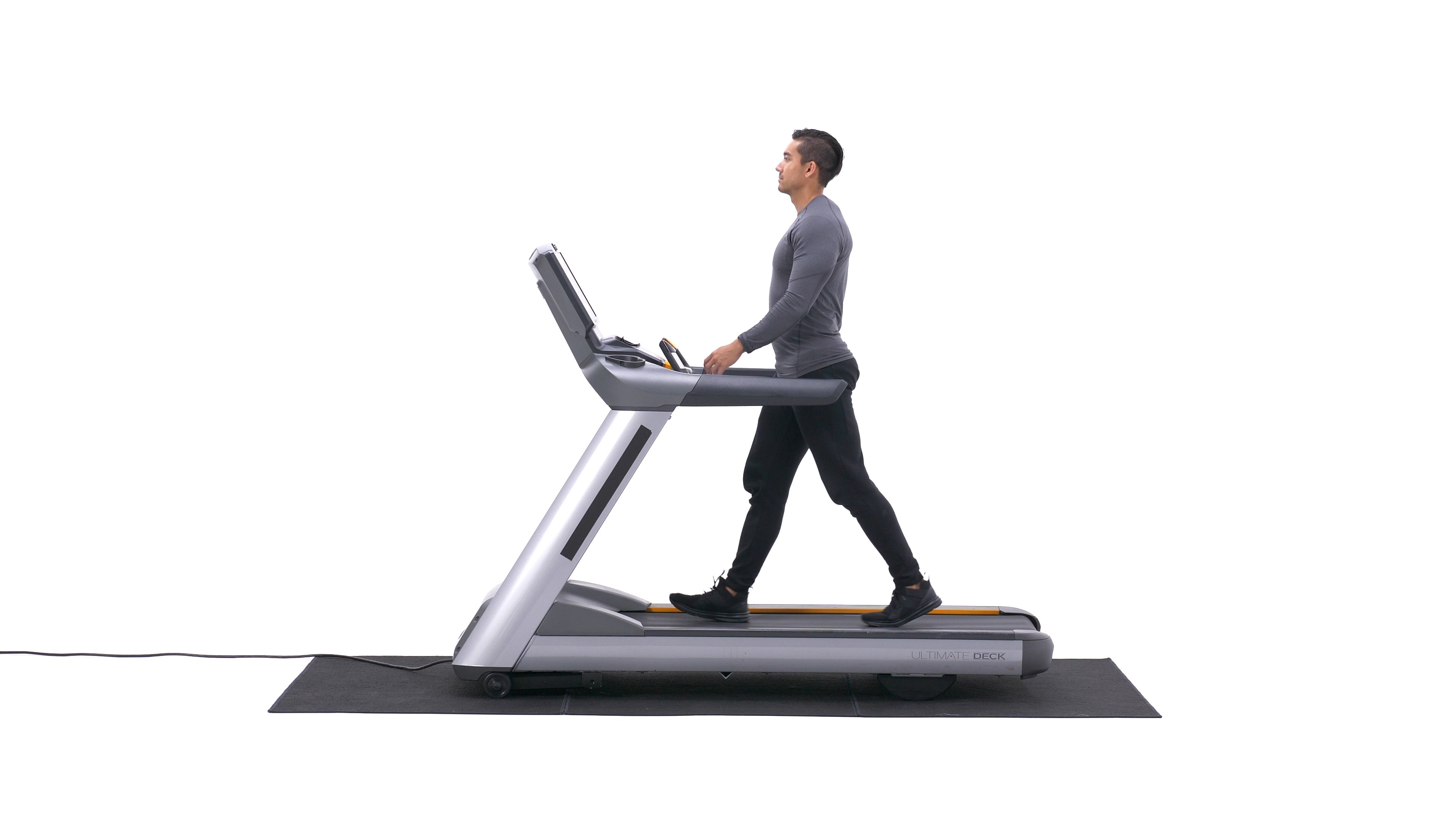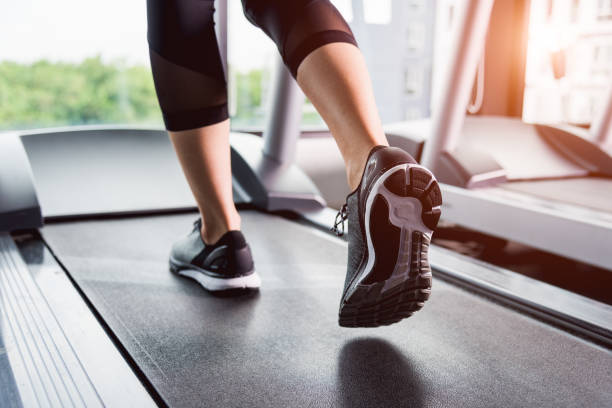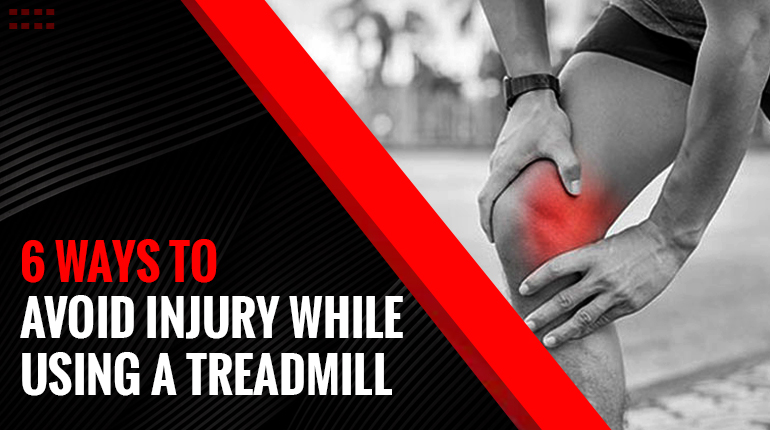Running is a great exercise, but it can also cause knee problems if not done properly. Many athletes prefer running on treadmills, as they provide stride control and are low-impact. However, it is important to listen to your body and ensure that the workout is tailored to your body to prevent pain or injury.
Running on a treadmill is not bad for your knees, and it may even be safer than running outside on variable terrain, which can add more stress and strain on your knees.
Here are some ways to avoid injury while using a treadmill:
1. Posture:
Having good posture is essential for proper muscle conditioning. It is important for the body to be in a natural position, and the joints should not be overextended or stressed more than necessary. A 2% incline helps the treadmill mimic the outside ground and have the same feel as the outdoors.

Running on a treadmill with no incline causes the exerciser to run with their knees very straight, rather than naturally soft and slightly bent. This motion can cause pain and muscle strain in the knees and feet. Leaning forward to hold on to the bar at the front of the treadmill can throw off an exerciser’s balance.
2. Minimize Impact:
It’s a good idea for exercisers to rotate their pelvis with each stride. Letting your hip be pulled back with your leg allows for rotation of the entire lower body along the vertical axis. The body’s rotation absorbs most of the shock of each foot hitting the belt on the treadmill.
Anyone who runs on a treadmill should make sure that their stride is quick and short. Exercisers should lift their feet to minimize the force of impact transferred to their legs by the treadmill’s moving belt.
3. Listen To Your Body:
It is important for everyone who exercises to start slow and increase their speed no more than 15% each week so that their body gradually gets used to working out.
Injuries are often caused or exacerbated by increasing speed or incline on the treadmill too quickly, and exercisers should stop their routine and rest for a day if their body doesn’t feel right.
4. Wear Proper Shoes:
Good quality running shoes can be expensive, but they are a necessary investment for working out. Important things to remember when buying running shoes are:
- Proper fit – shoes must fit properly to help prevent injury to the feet.
- Absorb Shock – regular tennis shoes are usually not designed for heavy exercise. They should absorb shock so that the muscles and joints of the knees and feet have to absorb less impact.
- Not Worn Out – running shoes wear out quickly and should be replaced after being worn for 300-500 miles.
- Designed for Running – shoes that are designed for running are lighter and more supportive than regular tennis shoes.

Good quality running shoes can be expensive, but they are a necessary investment for working out. Running shoes must fit properly to help prevent injury to the feet, absorb shock, be designed for running, and not be worn out. Running shoes wear out quickly and should be replaced after being worn for 300-500 miles.
5. Watch The Incline:
Walking uphill on a treadmill for long periods of time can cause ankle pain and injuries because the ankle is being repeatedly over-flexed. The ankle should be properly supported, and additional strength training exercises may be needed if the ankle muscles are weak.
6. Warm Up And Cool Down:
Treadmill-related injuries are often caused by an exerciser that forgets to warm up and cool down their muscles. Cold muscles lack flexibility and blood flow, so it is important to warm them up before putting stress on them through exercise. To effectively cool down their muscles, exercisers should run or walk at a slower pace for the last 10% to 15% of their time on the treadmill. They should also stretch their hips, legs and lower back.
In conclusion, a treadmill can make running easier for your knees than overground running because it offers shock absorption, which reduces the amount of impact and stress on the knees. Running on a treadmill will not worsen your knee pain or cause overuse knee injuries as long as you run with a proper posture and set the incline on the treadmill correctly. Running on a treadmill is an excellent exercise for elderly people because they can run at their preferred speed, which is adjustable on the treadmill.
 India (INR)
India (INR)
 UAE (AED)
UAE (AED)
 Store Locator
Store Locator





-thumb.jpg)
-thumb.jpg)
-thumb.jpg)
-thumb.jpg)
-thumb.jpg)
-thumb.jpg)
-thumb.jpg)
-thumb.jpg)
-thumb.jpg)
-thumb.jpg)